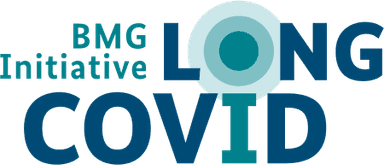Apr 2025 | PLOS Digital Health | RECOVER Initiative
Different clusters of Long COVID symptoms in children and adolescents
Long COVID in children and adolescents can cause a large variety of different symptoms and clinical presentations. Last year, researchers from the RECOVER Initiative had already described various clusters of symptoms that can occur in children and adolescents with Long COVID. Now the team evaluated the electronic health records of a total of 17,525 children and adolescents with Long COVID using a special algorithm and found six different clinical presentations (phenotypes) of Long COVID in childhood and adolescence. The most common phenotype (almost 54 percent) was associated with cardiovascular and respiratory symptoms. More specifically, the phenotype is characterised by symptoms such as cardiac arrhythmias, chest pains, a cough or breathing difficulties. Another phenotype (around 14 percent) primarily manifested as muscle, joint and skeletal pain . Some of the children and adolescents examined developed neurocognitive or mental symptoms (almost 11 percent). These include anxiety disorders, for instance. Less common phenotypes were associated with gastrointestinal symptoms (around 9 percent), headaches (around 7 percent) and persistent fatigue (5 percent).
According to the researchers, knowing the different phenotypes of Long COVID in children and adolescents can inform further research into Long COVID in this age group and contribute to the development of new treatments.
PLOS Digital Health
PLOS Digital Health is an interdisciplinary open access journal. Among other things, the journal publishes recent findings in the areas of medicine and healthcare that were obtained using data analyses and digital tools.
RECOVER Initiative
The RECOVER Initiative was launched by the National Institutes of Health (NIH) in the USA. It is a national research programme designed to better understand, prevent and treat Long COVID.
